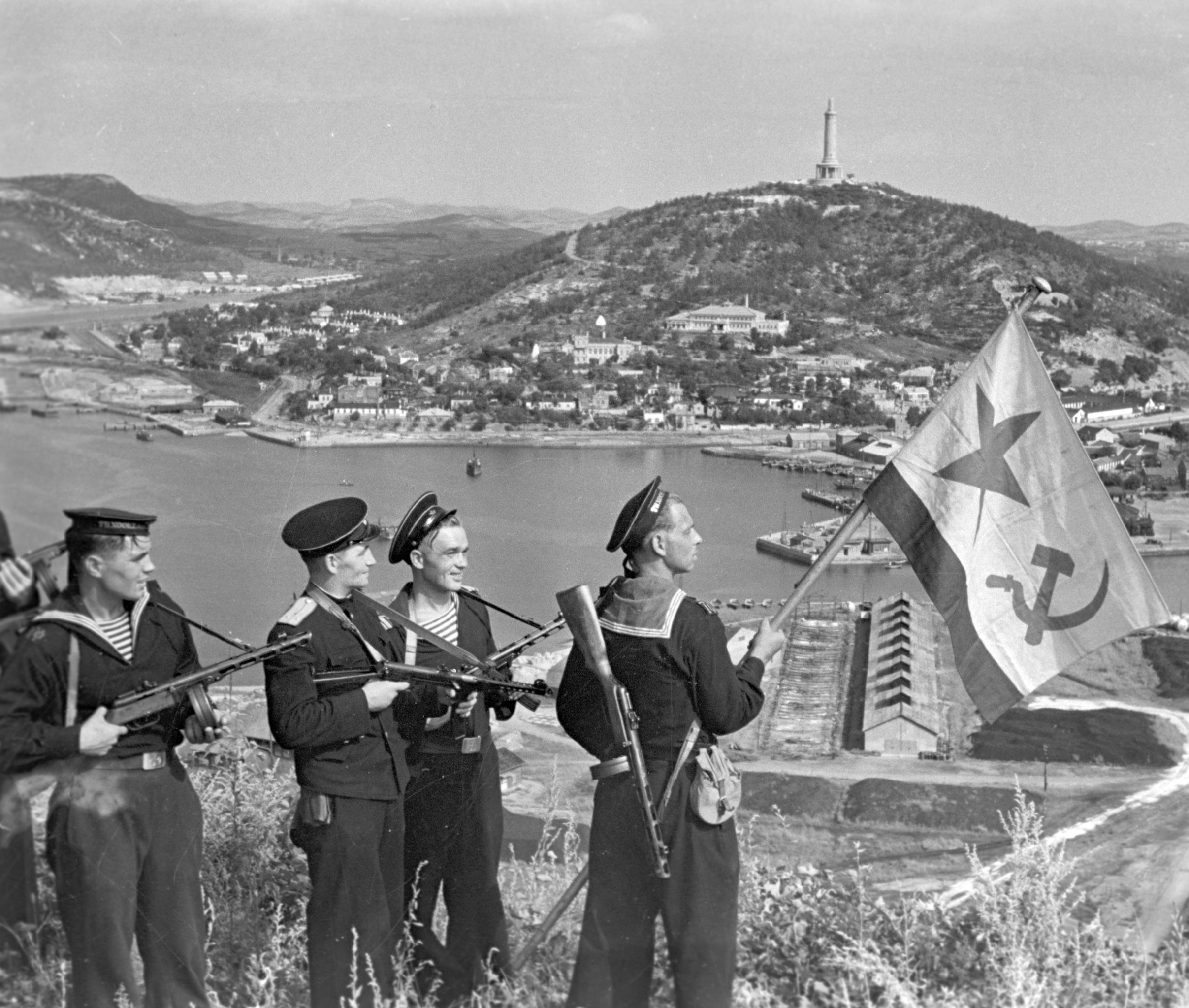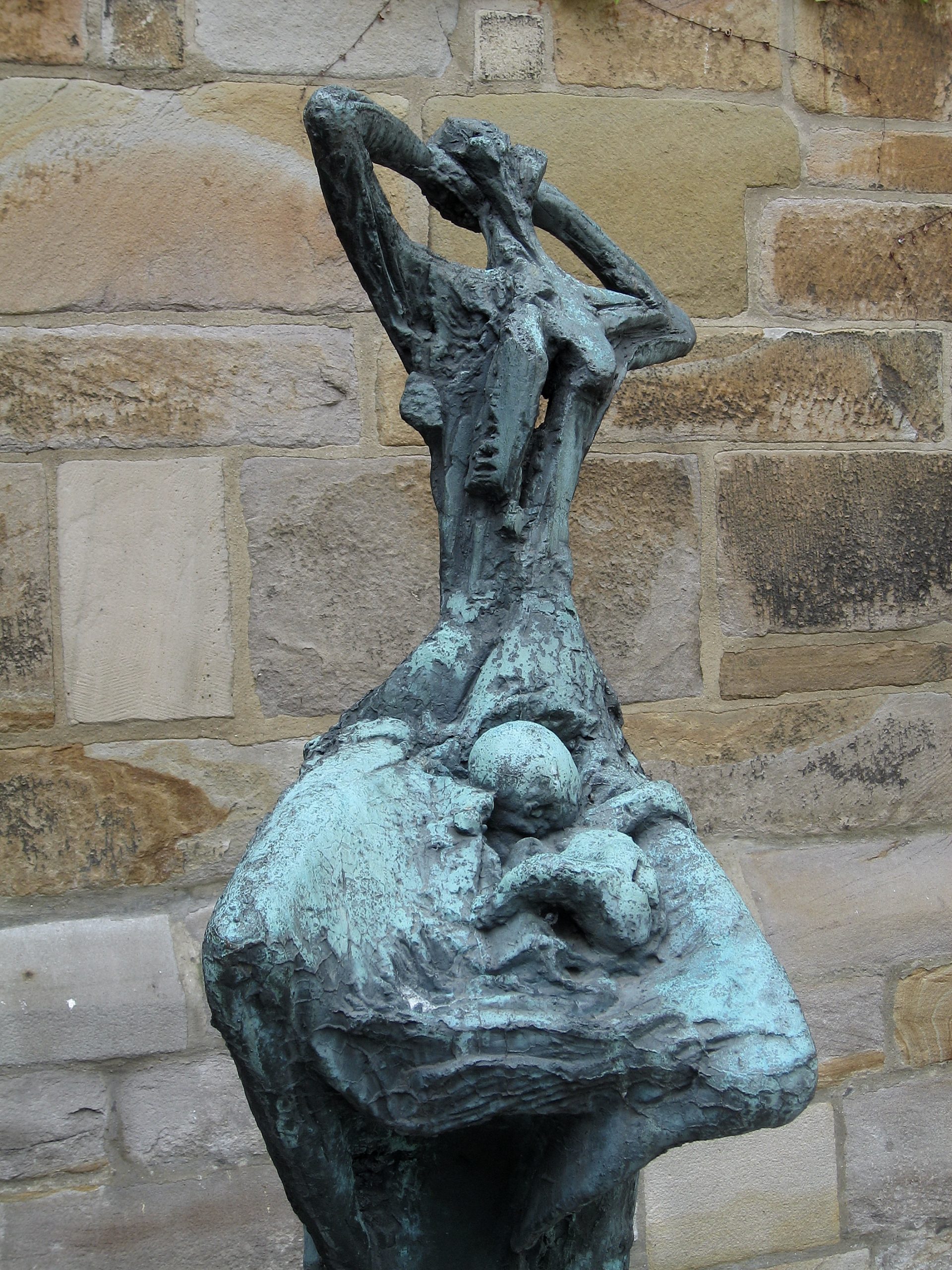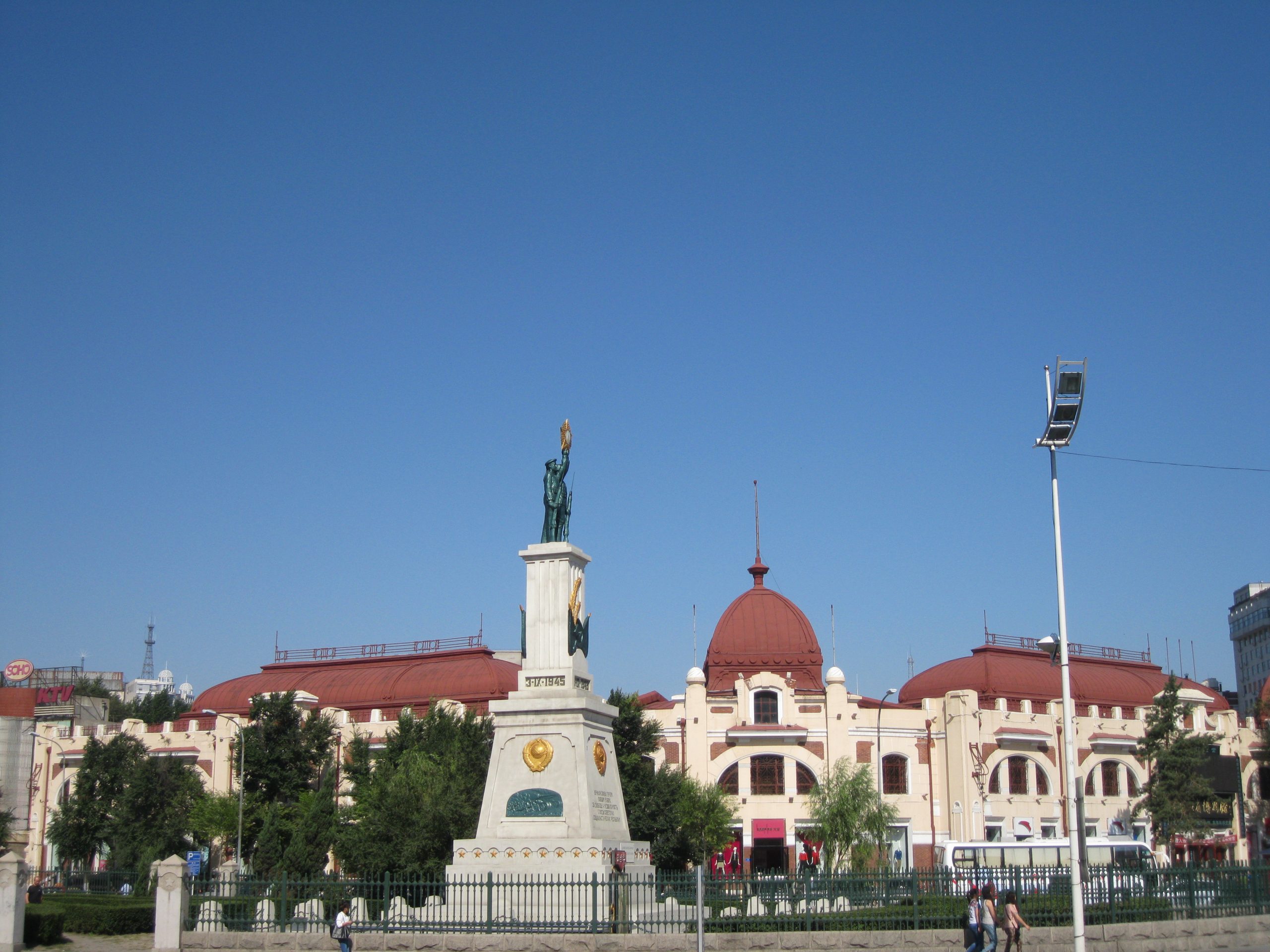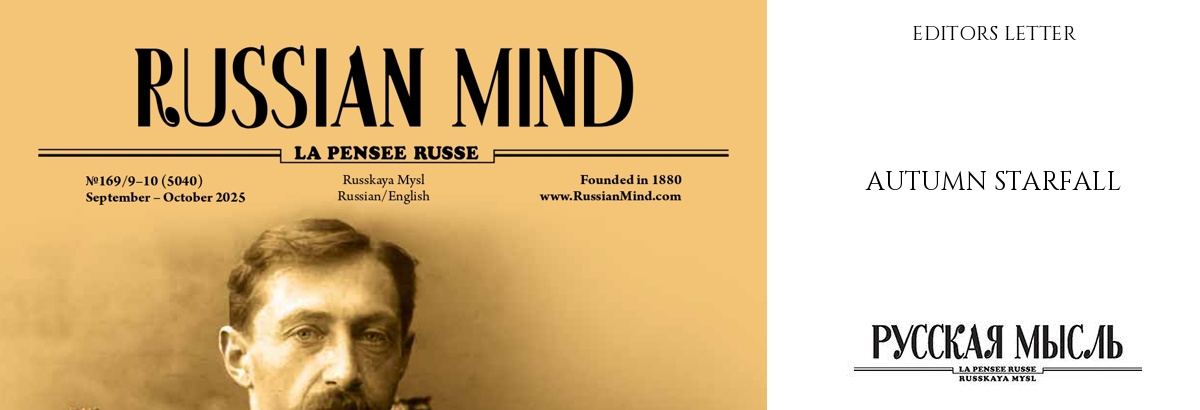The strategic decisions of the Soviet generals who had defeated the most powerful army in the world in four years ensured victory over the Kwantung Army, but in just a week and a half
By Vyacheslav Katamidze
Before we start talking about how the United States fought against the Japanese military machine after Pearl Harbour, and the Soviet troops after joining the war against Japan in 1945, let’s say a few words about what the «Land of the Rising Sun» was like at that time.
In Japan there was a regime called «Japanese militarism”. Its ideological basis was the increasing role of the military in society and the worship of military force. In essence, the military had become a special privileged class in the country in the late nineteenth century, and from the early twentieth century till the end of the Second World War it dominated socio-political life, determining the principal directions of development not only of the Armed Forces, but also of a whole Japanese society.
At the same time, Japanese militarism was of a special kind. It was a mixture of the policy of Japan-centric development throughout Southeast Asia and the exaltation of the fighting spirit of the Japanese with the basic requirements of the samurai code (bushido). Our readers will easily guess that it was aggressive chauvinism. Accordingly, historians believe that the foreign policy of the Japanese State was parafascist.
It should be added that from the last quarter of the nineteenth century the role of Shinto clergy had been increasing. Shinto, or the «way of the gods”, is a traditional Japanese religion rooted in the ancient animistic beliefs of the Japanese, centred on the veneration of numerous deities called kami, as well as nature spirits. Shinto was declared the State cult, obligatory for all Japanese, and the central deitie of the cult was the Emperor.
Taking into account that Shinto was connected and to some extent intertwined with the culture of the samurai moral and ethical code, where the main virtues were discipline and subordination to superiors, no wonder that this fusion of views eventually resulted in an ideological and political concept that no Japanese could dispute: “The Japanese nation and its culture are unique, and Japan stands far higher than the countries that have not reached this level of development. So, Japan has the right to exercise its dominion – and not only in its region!”
Historians note that Japanese militarism was not formed as a result of a coup d’etat and was not accompanied by a significant restructuring of the State apparatus; it was a consequence of the evolution of the country’s political culture. But there is no doubt that it was strengthened especially rapidly in the 1920s and the 1930s under the influence of the nationalist and fascist ideology of European countries, primarily Germany and Italy.
According to expert estimates on the history of the Second World War, by the eightieth anniversary of the historic victory of the Allies over Germany and its satellites over 12,000 articles on the last stage of the war and its results had appeared in the leading media of twenty major countries of the world. And in each of them the events of this period of the war, including the surrender of Japan, were discussed in detail.
Regarding the surrender, the opinions of the authors of all these articles were divided into three groups: the authors of the first group believe that the US Air Force’s nuclear strikes on the cities of Hiroshima and Nagasaki sealed the fate of the Japanese Empire: further resistance was pointless.
The second group mainly consists of the Russian and Chinese historians who believe that the defeat of the 850,000-strong Japanese Kwantung Army by Soviet troops was the powerful and final chord of the Second World War, which practically destroyed the strategic reserve of the Japanese Armed Forces and deprived the Japanese islands of effective coastal defence forces.
The largest group of historians are those who, considering both of these factors, come to the conclusion that Japan had no chance of success in this war in the first place because its main opponent was America, which at that time possessed a formidable military-industrial capacity, a huge aircraft-carrier fleet and shipbuilding capabilities which all the Asian countries were inferior to.
From the very first days the experience of combat operations in the Pacific Theatre showed that, despite the heavy losses suffered by the US Navy during the attack of Japanese Forces on Pearl Harbour, the American military equipment was obviously better than the Japanese.
For the USA the Pacific Ocean was a zone of not only strategic, but also State interests, and in this regard the fight against Japan was a priority in the US military and political actions throughout the Second World War.
The efforts of the United States throughout the Pacific War were aimed at bringing militaristic Japan to its final defeat. And it’s clear why: Japan was their sole rival in the entire Pacific basin, and the most dangerous one, since it had had experience of armed struggle in China, Korea and other Southeast Asian countries.
If we evaluate Japan’s chances of winning this single combat, it did not have them even after Pearl Harbour. The US Navy could operate near and around the Japanese islands, disrupting Japanese sea communications, and striking at the Pacific islands where Japanese bases and garrisons were located; as for the mainland USA, after Pearl Harbour it became virtually inaccessible to the Japanese Navy and Air Force.

But the tragedy of Pearl Harbour had a silver lining too: it triggered a powerful wave of patriotism in the United States and hatred of the insidious, treacherous enemy. Those in the camp of Hitler’s allies shrugged their shoulders: they reckoned that the losses of the American Navy were not so great. The Japanese sank five of the seventeen battleships (three were later returned to service), and eighteen of the ninety ships in the harbour were sunk or damaged. 2,402 Navy officers and men were killed, and almost all the aircraft of the military base, all the hangars and weapons stores and fuel were destroyed.
However, the Americans quickly made up for their losses in the fleet. By the middle of the Second World War America had such shipbuilding capacity that it could launch two or even three warships of the main classes – from aircraft carriers to submarines – every day!
Ironically, it comes that by their strike at Pearl Harbour the Japanese ensured the birth of a naval superpower with unparalleled combat power. These ships may not have immediately engaged in battles with the Japanese Navy, but in effect Japan had already lost the war. By the end of 1942 it was clear to the whole globe.
The overall balance between the US and Japanese Air Force and Navy was increasing in favour of the Americans: if by the beginning of 1942 it ranged from 1:4 to 1:5, then in the final stage of the war it was already 1:11!
In 1944 the Americans drove Japanese troops out of the Philippines. It meant that Japan was left without oil supplies and, therefore, was doomed to a crushing defeat.
Cities of Japan were being reduced to ashes every day: Tokyo, Osaka, Nagoya and Kobe were practically razed. The worst was the bombing of Tokyo, committed on the night of 9–10 March 1945. Over 300 B-29 aircraft dropped 1,700 incendiary bombs on Tokyo. The fire engulfed over ca. 15,5 square miles of the city, killing over 100,000 people.
By 1945 the losses in the Japanese Armed Forces were about ten times higher than those of their adversaries. By that time Japan had lost about 2 million of its troops at sea and on land in the armed struggle, and the losses continued to grow.
The situation in Manchuria was no easier for Japan, with Soviet divisions advancing there to crush the Japanese Kwantung Army.
Before the war with Nazi Germany, in April 1941, the Soviet-Japanese Neutrality Pact was concluded, which somewhat reduced the tension between Japan and the USSR that had existed since the Russo-Japanese War of 1904-1905 and the Japanese intervention in the Far East during the Civil War.

Simultaneously to the preparation of a strike against the Anglo-American forces in the Pacific Ocean, the Japanese command was plotting a combat plan against the Soviet Union, codenamed «Kantokuen» (special manoeuvres of the Kwantung Army), in case after the Japanese attack on the American Navy the USSR immediately agreed to an alliance with the USA against Japan. Then Berlin gave Tokyo to understand that it was preparing for a massive attack on the western territories of the Soviet Union, so Japan had nothing to fear.
However, Soviet intelligence reported that with the expansion of hostilities in the Pacific Theatre and in the event of successful actions against the American Navy in the south and southeast of the Pacific Ocean the Japanese forces in Manchuria would be significantly increased and Japan would be ready to help Germany defeat the Soviet Union. Messages of this kind would arrive in Moscow till the end of 1942, which meant that the danger of Japan entering the war against the USSR on its Far Eastern frontiers remained. This made the Soviet Government keep significant forces in the Far East. However, the Red Army’s victorious offensive in Europe was developing so rapidly that the situation in the Far East worried the Kremlin less and less.
For the USA and the UK, the allies of the USSR in the anti-Hitler coalition, the most important and urgent task was the final defeat of Japan. At the Yalta meeting of the leaders of the three great powers in February 1945 Joseph Stalin, Franklin Roosevelt and Winston Churchill signed the following secret agreement on the Far East.
The Yalta secret agreement of the three great Powers on the issues of the Far East. 11 February 1945
The leaders of the Three Great Powers – the Soviet Union, the USA, and the UK – agreed that two to three months after Germany’s surrender and the end of the war in Europe the Soviet Union would declare war on Japan on the side of the Allies, provided:
- Outer Mongolia (the Mongolian People’s Republic) maintains the status quo;
- The restoration of the rights of Russia, violated by the treacherous attack of Japan in 1904, namely:
- a) the return of the southern part of Sakhalin and all its surrounding islands to the Soviet Union;
- b) the internationalisation of the trade port of Dairen (now Dalian), ensuring the preferential interests of the Soviet Union in this port, and the restoration of the lease for Port Arthur as the USSR Naval base;
- c) the joint operation of the Chinese Eastern Railway and the South Manchurian Railway, which provides access to Dairen, on the basis of the organisation of a mixed Sino-Soviet Society with the primary interests of the Soviet Union, with China retaining full sovereignty over Manchuria;
- The Kuril Islands be transferred to the Soviet Union.
The agreement on Outer Mongolia and the aforementioned ports and railways is supposed to require the consent of Generalissimo Chiang Kai-shek. On the advice of Marshal I. V. Stalin, the President will take measures to ensure that such consent is obtained.
The heads of the Governments of the three great Powers have agreed that these claims of the Soviet Union should be unconditionally satisfied after the victory over Japan.
For its part, the Soviet Union expresses its willingness to conclude a Sino-Soviet treaty of friendship, alliance, and mutual assistance with the National Government of China to support it with its armed forces to liberate China from the Japanese yoke.
11 February 1945
Joseph Stalin
Franklin D. Roosevelt
Winston Churchill
True to its allied duty, on 5 April 1945 the USSR Government denounced the Soviet-Japanese Neutrality Pact. On 8 August 1945 in Moscow the Soviet Government handed over a statement to the Japanese ambassador saying that on account of Japan’s refusal to cease military operations against the USA, the UK and China, the Soviet Union would consider itself at war with Japan from 9 August 1945.
Let’s be frank: the Soviet troops took on a difficult task. By the summer of 1945 the Japanese had seventeen fortified areas in Manchuria, 4,500 pillboxes and earth-and-timber bunkers, numerous airfields and landing sites. The Kwantung Army had about a million personnel, 1,150 tanks, over 1,500 aircraft, and about 6,500 guns of various calibres. Brave and well-trained warriors were needed to overcome their resistance and break through the massive fortifications. And there were many of them in the Red Army after the capture of Berlin.
By the beginning of the war in the Far East the Soviet command had transferred forces there that had become available in the West after the victory over Nazi Germany. By early August 1945 the Soviet forces set up in the Far Eastern Theatre had 1.7 million people, 30,000 guns and mortars, 5,200 tanks, over 5,000 aircraft, and ninety-three ships. In July 1945 the Main Command of the Soviet Forces in the Far East was established, headed by Marshal of the Soviet Union Alexander Vasilevsky, former Chief of the General Staff of the Soviet Armed Forces.
The Manchurian Operation commenced on 9 August 1945 at 00:00 Trans-Baikal time. The Red Army’s offensive in Manchuria was conducted in all directions almost simultaneously.

A few words on the Theatre of Military Operations. The area of Manchuria is one and a half times larger than that of the whole of Western Europe. But the Red Army of 1945 was miles stronger than the Kwantung Army. Both Hitler’s allies and those of the USSR knew that in 1945 there was no more efficient and more experienced army in the world. Both the tactics of the units and the strategic decisions of the Soviet generals, who had defeated the most powerful army in the world in four years, ensured victory over the Kwantung Army, but in just a week and a half! Everything possible was used in this war: the rapid breakthroughs of tank and mechanised units through mountainous terrain and deserts, paratroop landing onto enemy airfields, deep envelopment of the enemy positions and the advance of reconnaissance units deep into the enemy’s rear, which shocked the Japanese soldiers.
However, let’s be objective: the Japanese Army had expected Russian soldiers going into bayonet attacks, as in 1904, but it was confronted with an indomitable and well-armed force. And Kwantung Army’s infantry did not have submachine guns, anti-tank rifles, there were not enough medium tanks or heavy-calibre artillery: their heaviest cannon was 75 millimetres. The Red Army had absolute superiority in the air and at sea. But there was strong resistance! The irretrievable losses in the operation amounted to 12,000 Soviet soldiers. There were many wounded, as well as sick people. The Soviet offensive ruined even the timid hopes of Japan for a continuation of the war and an acceptable peace treaty.
Let’s recall that on 9 August, when the Soviet troops went into the offensive, the Americans dropped an atomic bomb on Nagasaki. For readers’ information, many residents of modern Japan are convinced that Russians dropped atomic bombs on them…
The Southern Sakhalin and Kuril Operations were conducted in an equally organised and precise manner. It took Soviet marines only five days to take Shumshu Island. And the island of Iwo Jima was recaptured by 100,000 Americans from the Japanese in a month, losing almost 7,000 soldiers!
According to the American General MacArthur, the events of August 1945 were «the same emotional shock for Japan as a roller coaster ride for a provincial nun.»
On August 10 Japan officially announced its readiness to accept the Potsdam terms of surrender, albeit with a reservation regarding the maintaining of the imperial power structure in the country. On 11 August the USA rejected it, insisting on the formula of the Potsdam Conference. On 2 September Japan signed the Act of Unconditional Surrender. This Act, which became the last chord in the heroic struggle against militaristic Japan, ended the Second World War.




